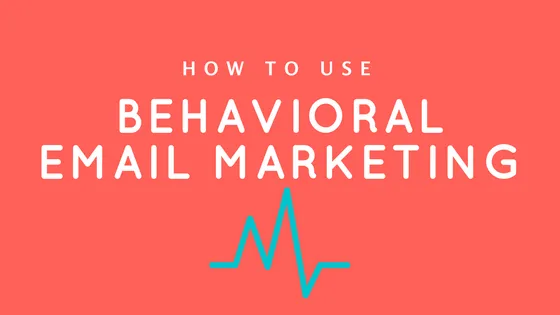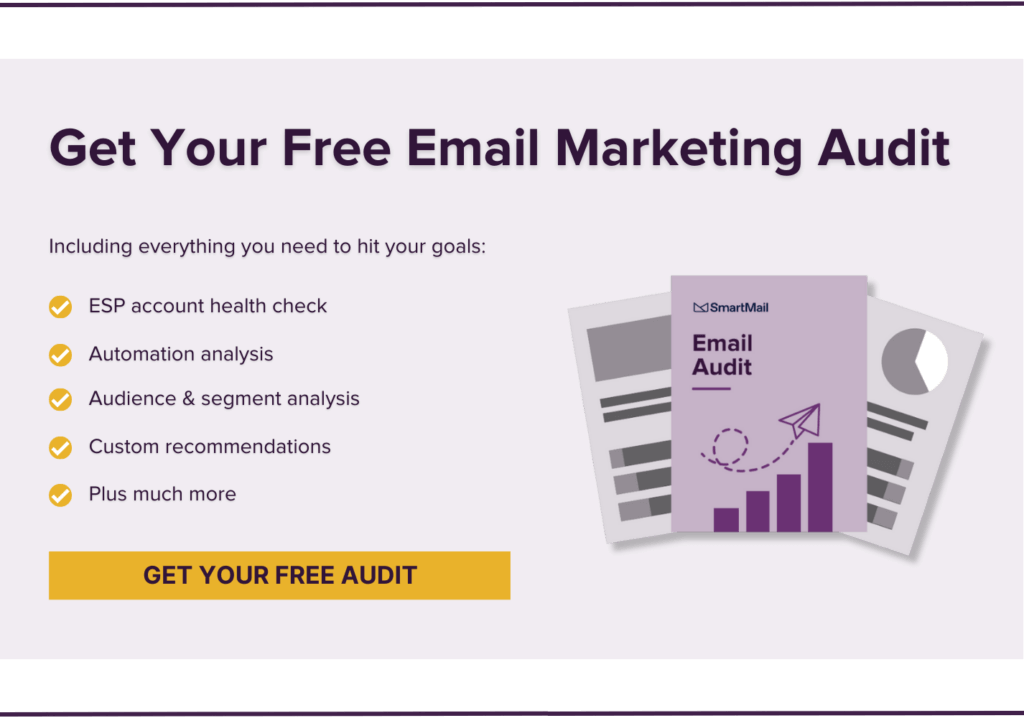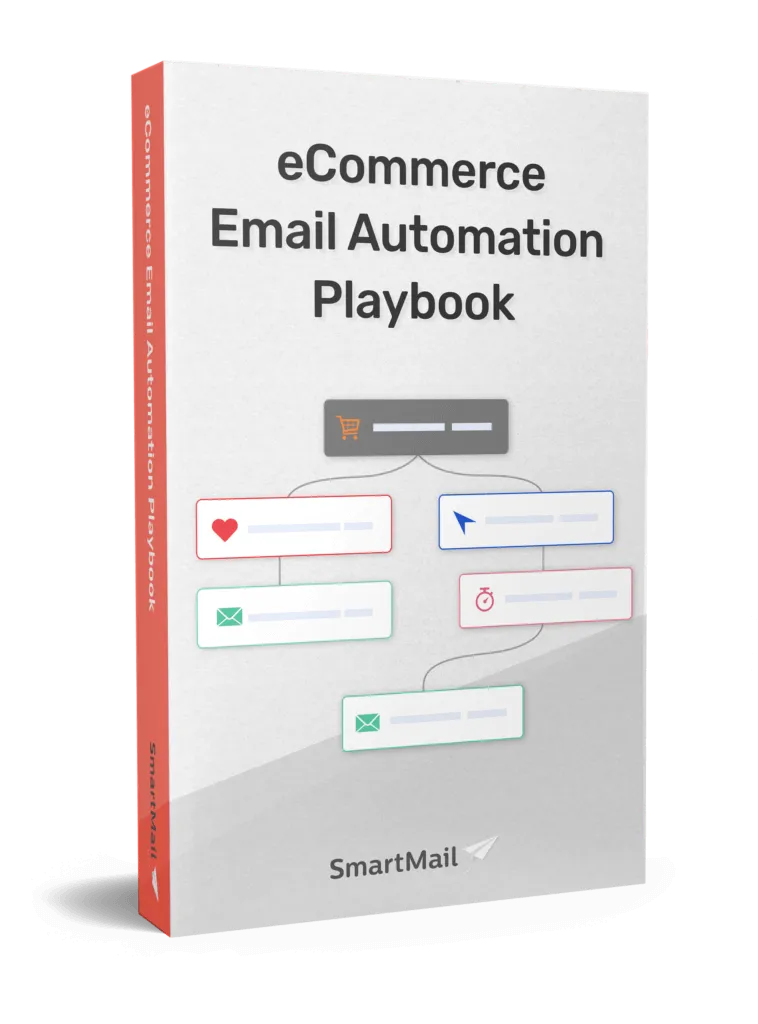Let’s talk about email marketing. In the past, you might have purchased an email list and sent out a blast campaign to everyone on it. It was a numbers game: send 5000 emails and hope that 50 (or 40, or 30, or…) actually take the bait.
That’s the old way. Not only is it no longer effective, it can actively anger potential customers – how much do you enjoy receiving unsolicited messages from companies you’ve never heard of? – and might even run afoul of modern anti-spam legislation.
To stay compliant and on everyone’s good side, you need to focus more on behavioral targeting and less on numbers. One behavior-triggered message is going to be more effective and more welcome than a hundred sent out randomly.
Behavioral email marketing uses data on both prospect and customer activity to send personalized, timely, and ultra-relevant email messages. When someone does or does not do something, it triggers an email that corresponds to that specific behavior. It can track behavior across all touchpoints: your website, your email campaigns, your social media profiles, and more.
Sign up? Receive a welcome email. Buy something? Get a post-purchase message. Abandon your cart without completing the checkout? Receive a cart abandonment campaign. In 2017, people expect, open, and read these types of emails more than any other.
Marketing is all about getting the right message to the right person at the right time, and behavioral email campaigns do that. Simple.
Activated by the user, not the marketer. Welcome and expected. Isn’t that exactly what you want for your marketing efforts?
But there’s more:
- It can cost 7x more to acquire a new customer than to retain an existing one, and 71% of consumers cite “poor customer service” as the main reason for ending their relationship with a company or brand (source)
- Behavior-triggered transactional emails have an open rate up to 8x higher than promotional emails (source)
- Cart abandonment emails sent exactly 1 hour after someone leaves without purchase have a conversion rate (6.33%) 2x those sent less than an hour (3.14%) later and those sent 2-4 hours later (3.2%) (source)
- Most emails have an open rate in the 20-25% range, with a click-through rate (CTR) between 2-4% (source). Transactional (i.e. behavioral) emails have an average open rate of 47.1%, and a CTR of 8.8% (source).
- 81% of people said they would be at least “somewhat likely” to make additional purchases if they received emails based on their past shopping behavior (source)
- Behavioral emails have 8x more opens and clicks, and produce 6x more revenue (source)
Higher open rates. Higher click rates. More conversions. More revenue. Less resistance. If you’re not using them, why not?
Behavior-triggered emails are at the intersection of timely, action-based, and personalized. There’s no better location for your digital marketing efforts.
Types of Behavioral Emails
Behavioral emails are a category, not a type per se. Under this very broad – but very essential – category, you’ll find a large number of email types:
- Browsing History (it shows intent and interest)
- Recommendations
- Welcome
- Post-purchase
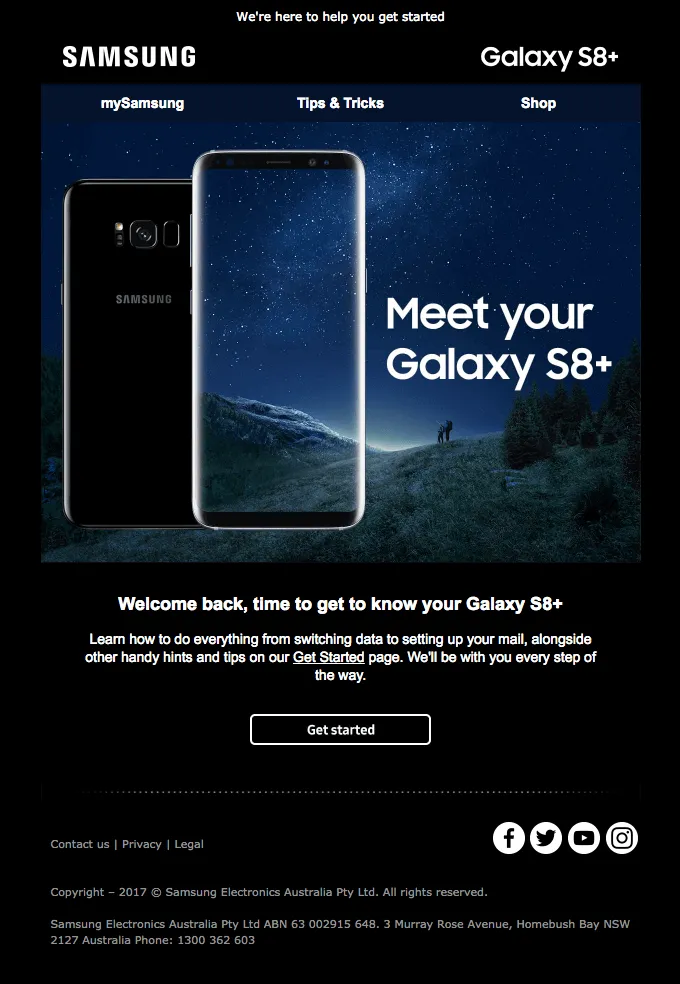
- Replenishment
- Milestone/Reward (creates a positive feedback loop…praise the “good” behavior to encourage its repetition)
- Account Activity
- Win-back
- Cart Abandonment
- Getting Started
- Educational/Informational (about your brand or products)
- Transactional (receipts, password resets, notifications, confirmations)
- Retention
- Feedback (ask for a review, surveys, polls)
- Monthly Report
- Location-based messaging
- “Something’s Wrong”
- Customer Appreciation
- Social media engagement
- And more…
To simplify, you can break them down into smaller groups. Behavior-triggered emails typically fall into one of four sub-categories:
- Conversions (subscribe, purchase, event, sign up, opt-in, download)
- Registrations (onboarding, FAQs, welcome, getting started)
- Site or Social Activity (abandoned cart, added item to wishlist or cart, viewed product or category, posted comment, watched video, shared post, account activity reports)
- Location (enters, near, in, or exits a specific location)
Identify the important behavior in your customer lifecycle – both good and bad (e.g. inactivity) – to see what kinds of behavioral targeting you could and should be doing.
Enjoying this content?
Join the other 5,473 eCommerce business owners.
Behavioral Email Best Practices
Again, there’s no one type, so there’s no one set of tips and tricks. Check out our pages on the individual types for a more detailed exploration.
Generally speaking, when it comes to any email marketing, you want to remember a few things.
Be mobile-friendly. Mobile phones represent 54% of all email opens. If they can’t read it on their smartphone, they may just hit delete.
Your subject line should be crystal clear. If it’s an order confirmation, say that. If it’s a “getting started” series, say so. You get the idea.
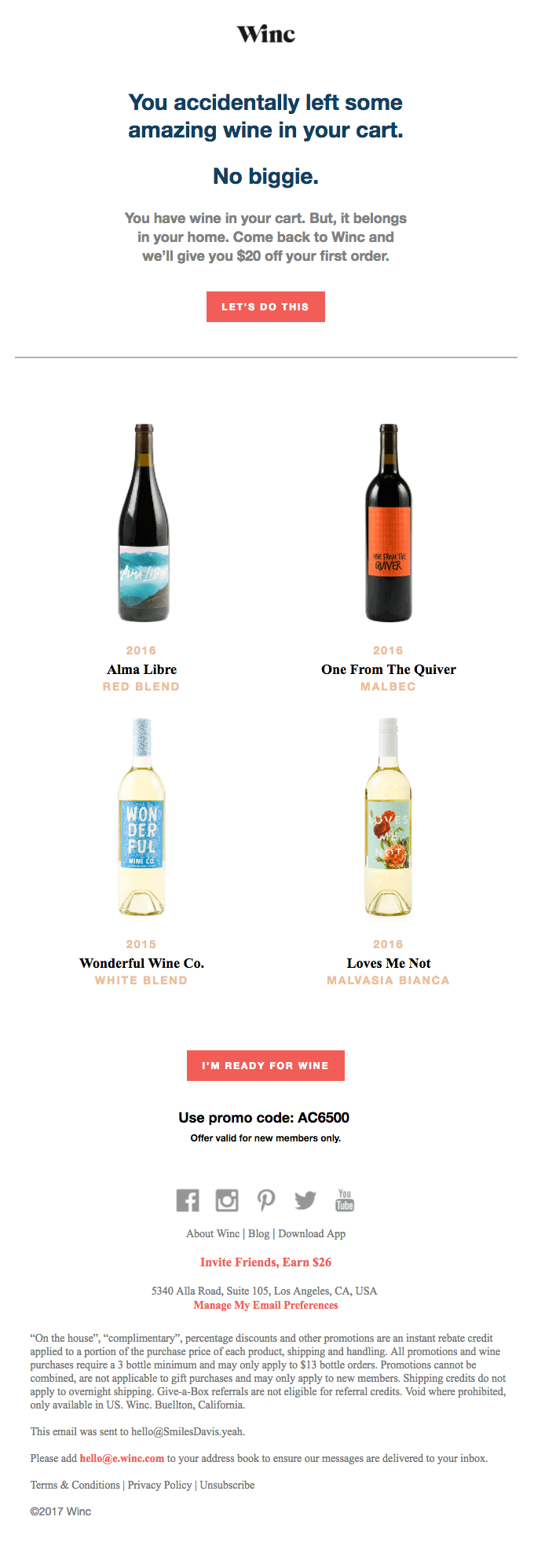
Personalized emails are better emails, but personalization goes beyond just using their first name in the subject line. Think about ways to include more: their account activity reports, their purchases, their recommendations. And all based on their behavior.
Behavioral Email Subject Lines
Subject lines – like headlines – are extremely important. A lacklustre or vague one, and you’ll never get opened, clicked, or read. Give them the time and attention they deserve.
- Welcome to [Brand Name]!
- Thanks for Joining Us/Subscribing, [Name]
- How Can We Help You Today?
- You Left Items in Your Cart
- Hey [Name], You Forgot Something
- Hurry Back! Your Cart is Only Good for 24 Hours
- [Name] You Know You Want This/These
- How was Your Shopping Experience with Us Today?
- Your Order Has Shipped
- Thank You for Your Order with [Brand]
- Order Confirmation (with or without the order number)
- Thanks!/Thanks For Your Purchase
- Time to Restock/Reorder
- Is It Time to Refill?
- Down to Your Last Drop?
- Get Free Delivery/15% Off If You Replenish Now
- Ready to Top Up?
- There’s More. So Much More.
- We Miss You, [Name]!
- How Can We Help You Get Started?
- Your Weekly [Product] Stats/Report
- $X/X% Off Your Next Order
- We’ve Added a New Feature You Might Like
- Have You Tried/Discovered [Feature] Yet?
- Are You Stuck?/Having Trouble?
- It’s Been a While
- [Name], We Want You Back
- We Miss You, [Name]
Behavioral Emails: Getting Started
Track user behavior, website and social media activity, email engagement, communication history, form submissions, past conversions, and anything else relevant to your goals.
Google Analytics is a solid – and free – place to start, but don’t be afraid of more robust solutions like Kissmetrics.
Combine the data with a full-service email marketing provider like SmartMail to automate the whole system. You’ll never miss an opportunity to engage on a personal and timely level. Not to brag (well, maybe a little), but our clients see an average 46% open rate, 27% click-through rate, and 17% conversion rate.
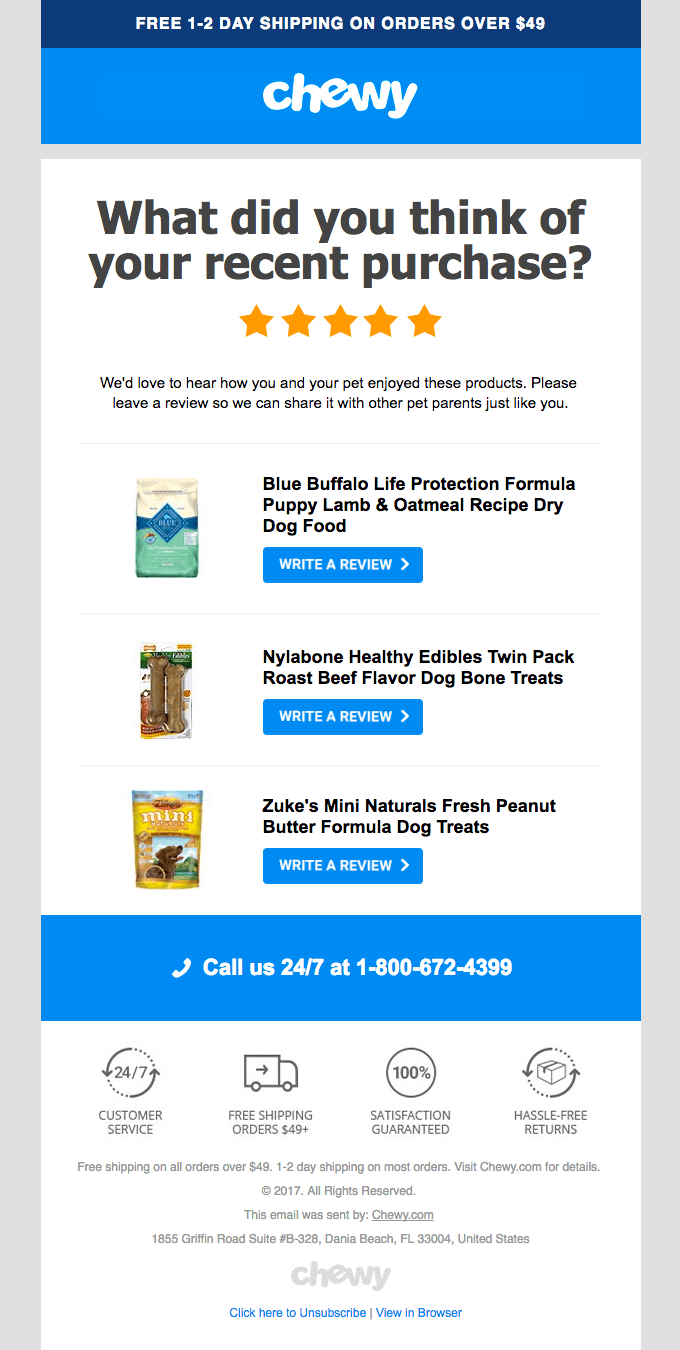
Consider your customer lifecycle. At what points could they use a nudge, assistance, or quick message? Those should be your starting points.
It’s easy to see how powerful behavioral-based email marketing can be…and yet only about 20% of marketers use it. Add it to your tactics and you’ve got an advantage over the bulk of your competition.
To help you get started, take a look at what some of the biggest and best companies are doing in their behavioral email campaigns. Learn. Be inspired.
And reach out to us. Behavioral-based email marketing is kind of our thing. We can help.
